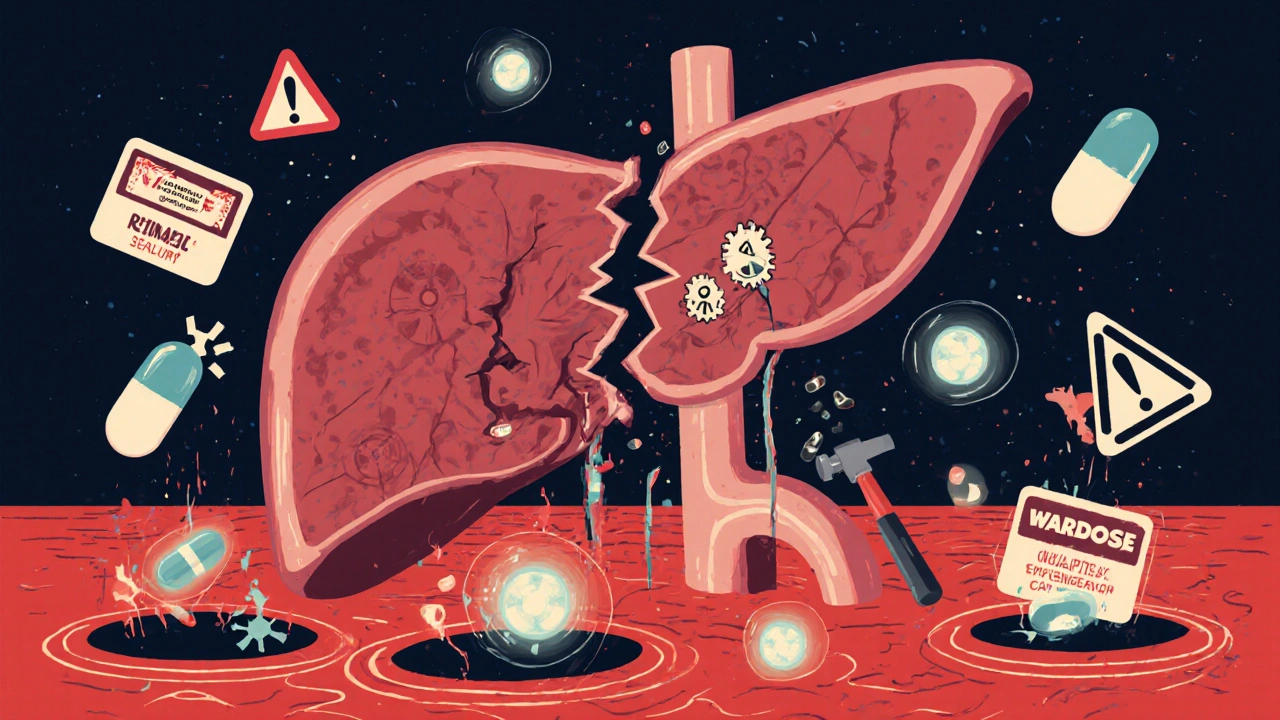Ritonavir Boosting: How It Works and Why It Matters in HIV Treatment
When you hear ritonavir boosting, a technique used to increase the effectiveness of other HIV drugs by slowing their breakdown in the body. Also known as pharmacokinetic boosting, it’s not a drug on its own—it’s a trick doctors use to make other medications last longer and work harder. This isn’t science fiction. It’s daily practice for millions of people managing HIV. Ritonavir, originally developed as a protease inhibitor, turned out to be a powerful enzyme blocker. It shuts down a liver enzyme called CYP3A4 that normally breaks down other HIV drugs too fast. By doing this, it lets those drugs stay in your system longer, at higher levels, without needing bigger doses.
This matters because many HIV treatments—like protease inhibitors, a class of antiviral drugs that stop HIV from multiplying—are expensive, hard on the body, or have short half-lives. Ritonavir boosting fixes that. Drugs like lopinavir, darunavir, and atazanavir all rely on it. You’ll often see them listed as "lopinavir/ritonavir" or "darunavir/cobicistat" (cobicistat is a newer booster, but same idea). The result? Fewer pills, less frequent dosing, and better viral suppression. But it’s not magic. Ritonavir boosting can cause side effects like nausea or liver stress, and it interacts with a lot of other meds—from statins to erectile dysfunction pills to even some antibiotics. That’s why it’s never prescribed alone. It’s always paired, always monitored.
What you’ll find in the posts below is a real-world look at how drug interactions, dosing strategies, and medication safety play out in daily life. You’ll see how people manage side effects, why generic versions matter, and how timing and storage affect whether these boosted regimens work. Some posts talk about how to avoid double dosing, others about what happens when you mix meds with alcohol or caffeine. All of it ties back to one truth: in HIV treatment, small details make huge differences. Ritonavir boosting is one of those details—and understanding it could mean the difference between a stable life and a health crisis.
Lopinavir/Ritonavir Boosting: How CYP3A4 Interactions Impact Drug Safety and Efficacy
Lopinavir/ritonavir boosts HIV treatment by inhibiting CYP3A4, but this creates dangerous drug interactions. Learn which medications are risky, why it's still used globally, and how to avoid life-threatening side effects.
More
